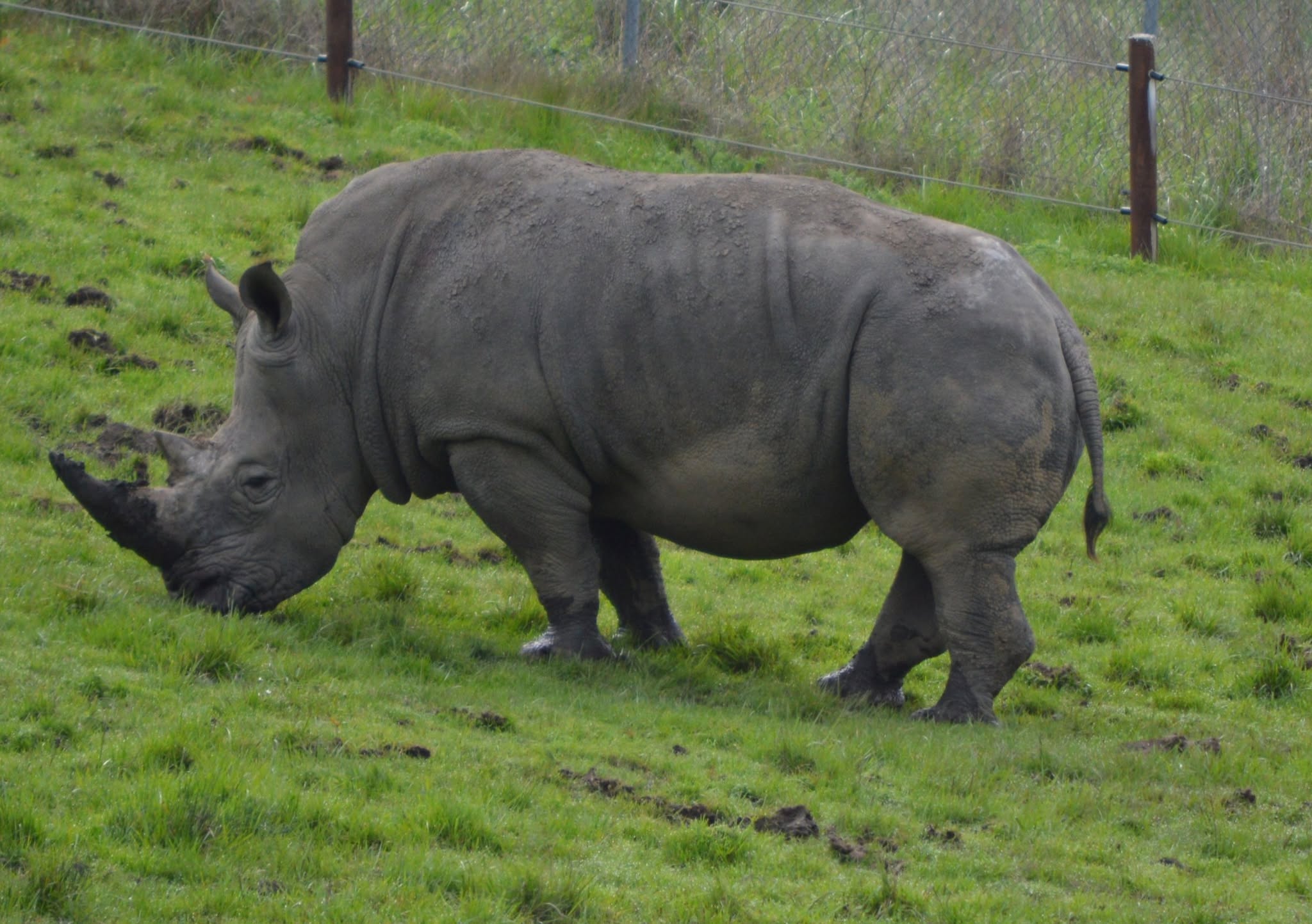- The physical characteristics and ecological role of the White Rhino.
- Identifying White Rhino footprints and tracking techniques.
- The conservation status and challenges facing White Rhinos.
- Habitat requirements and adaptations of White Rhinos.
- The role of zoos in the conservation and management of White Rhinos.
The White Rhino, scientifically known as Ceratotherium simum, is a fascinating creature with a massive, yet gentle presence. There are two subspecies: the Southern White Rhino and the critically endangered Northern White Rhino. Known for their squared lips, they are primarily grazers, feeding on grasslands in sub-Saharan Africa.
Physically, White Rhinos are the second largest land mammals after elephants. They can weigh up to 2,300 kilograms and stretch over four meters in length. Their gray skin is thick and resilient, adapted to protect against sun and parasites. These rhinos are also recognized by their prominent horns, composed of keratin, which unfortunately attracts poachers.
In the ecosystem, White Rhinos play a crucial role in shaping their environment. By grazing vast areas, they help maintain grassland health, promoting biodiversity. This activity supports various plant and animal life, sustaining a balanced ecological system.
Rhino footprints, also known as spoor, provide invaluable insights into their behavior and movement. White Rhino tracks are distinct, showing large, rounded impressions with three toe marks. These footprints differ from other rhino species due to their size and the terrain they frequent. Tracking rhinos by spoor requires knowledge and intuition, often conducted by experienced rangers using modern technology like GPS.
Conservationists face immense challenges in protecting the White Rhino. Poaching, driven by the high demand for rhino horn, poses the most significant threat. Measures to combat this include anti-poaching patrols, strong legal frameworks, and community engagement. Additionally, habitat fragmentation and human-wildlife conflict exacerbate their vulnerability.
Efforts to save the Northern White Rhino have been extensive, with only two known individuals remaining, both females. Scientists are exploring advanced reproductive technologies such as artificial insemination and in vitro fertilization to preserve the genetic lineage. However, the practical and ethical implications of these methods raise important discussions.
Understanding habitat preferences is vital for conservation. White Rhinos thrive in savannas with ample grass and water sources. Their adaptation to warm climates necessitates grazing for several hours daily, taking breaks in shaded areas. Social animals, they often form groups led by dominant males, improving safety and social bonding.
Zoos play an instrumental role in White Rhino conservation. They serve as genetic reservoirs, research hubs, and educational platforms advocating for wildlife conservation. Breeding programs in controlled environments aim to increase population numbers and genetic diversity.
While controversies exist regarding animals in captivity, the work undertaken by reputable zoos is crucial for survival strategies. Successful breeding and reintroduction programs rely on comprehensive management plans and collaboration with global wildlife organizations.
Increasing awareness about the White Rhino’s plight can galvanize support for conservation efforts. Education and community involvement are essential in changing perceptions and reducing demand for rhino horn. Advocacy at local and international levels can influence policy and encourage environmentally conscious decisions.
The footprint of the White Rhino is not just a physical trace but a symbol of the broader impact these majestic creatures have on our world. As stewards of the planet, it’s our responsibility to protect and preserve their future alongside ours.
Promoting the importance of each individual animal contributes to a richer understanding of biodiversity. Efforts must remain focused on sustaining their populations through strategic action, leveraging science, policy, and passionate advocacy.
In sum, the White Rhino’s existence reflects complex interdependencies within ecosystems, where every footprint tells the story of nature’s resilience and humanity’s role in nurturing it. As we interpret their tracks, we must continue to craft pathways toward a future where these gentle giants thrive.
*****
Source Description
If you guessed that the footprint was from a White Rhino, you would be correct! Did you guess the right animal? Leave your answer below.


